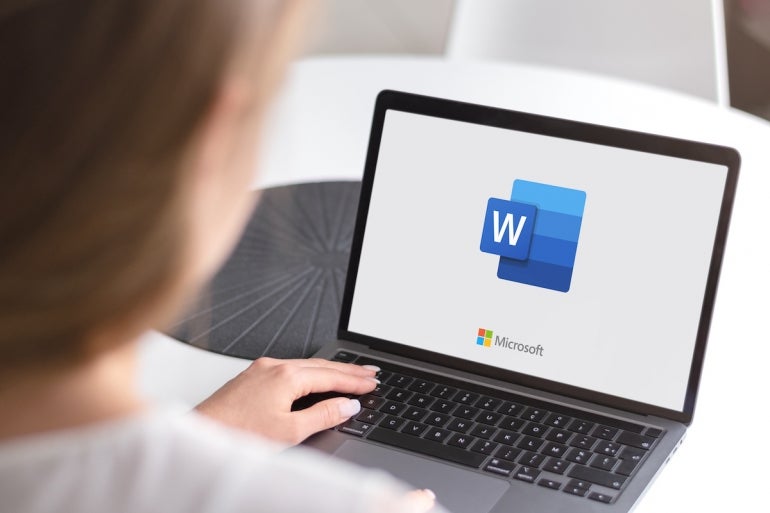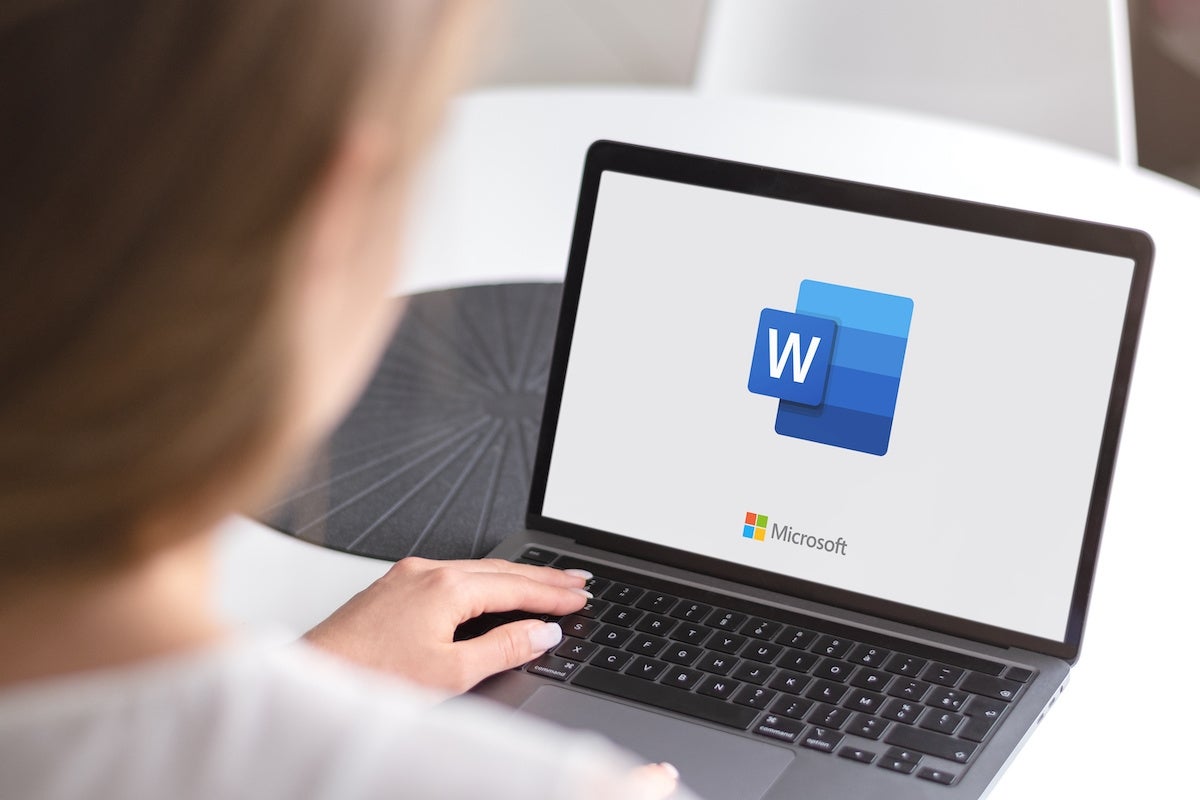
In Microsoft Word documents, unwanted pages — usually blank pages — are a common mishap. When entering content from the keyboard, pressing Ctrl + Enter or Command + Return is the manual method for forcing a new page. While I recommend you not use that method, most Word documents have a few hard page breaks.
Considering how easy it is to end up with a blank page, you might expect Word to provide an easy way to delete a page, regardless of how it’s inserted; however, there’s no quick-click option that will do so. In this article, I’ll show you four ways to delete an unwanted page in a Word document.
SEE: Explore TechRepublic Premium’s Software Installation Policy.
I’m using Microsoft 365 on Windows 11, but you can use an earlier version of both Word and Windows. In addition, these methods work for Word on the Mac.
For this tutorial, keep in mind that Word for the web doesn’t support the Navigation pane method (method 2). In fact, Word for the web doesn’t display the entire blank page the way the desktop version does. Consequently, it’s hard to select a blank page. Show/Hide is available, though.
Jump to:
- Before you begin: How to find page breaks in Word
- 1. How to use the Ctrl + Page Up Windows shortcut in Word
- 2. How to use the Navigation pane to delete pages in Word
- 3. What to do when there’s no hard page break to delete in Word
- 4. How to select and delete a page in Word
- Frequently asked questions
Before you begin: How to find page breaks in Word
Word supports two types of page breaks: a hard page break, entered by pressing Ctrl + Enter or Command + Return, and a soft page break, entered by Word to wrap text at the right margin. The only way to delete the latter is to remove characters before or after it.
Either way, a soft return will be in the mix somewhere if the text wraps to the top of the next page. You can sometimes adjust where a soft return occurs, but you don’t actually delete them. This discussion is about hard page breaks.
When working with hard page breaks, try enabling Word’s Show/Hide feature. Doing so displays both hard page and section breaks, making it easy to locate and remove them.
SEE: Looking to actually hide text in a Word document?
If you’re using Word on a Mac, press Command + 8. Figure A shows a three-page document with two page breaks.
Figure A

You’ll find this option on the Home tab in the Paragraph group. Once you find the page breaks, they’re easy to delete when working with only a few.
1. How to use the Ctrl + Page Up Windows shortcut in Word
On Windows devices, when you need to display a single page, regardless of its contents, position the cursor at the beginning of the page that follows the page you want to remove, and press Delete.
In other words, if you want to remove page 2 of your document, you would need to go to the top of page 3 and press Delete. This works because the last character or code before the following page has to be a page break. Unfortunately, there’s no shortcut for moving the cursor to the top of the current page, so you have to manually position the cursor yourself.
The Ctrl + Page Up might be a bit of help, but it goes to the top of the previous page. What this means is that you can use this shortcut if the page is truly blank. Even then, you might have trouble if there are paragraph marks before the page break. If the page has content, including blank lines, Ctrl + Page Up won’t work as expected. Fortunately, there’s an easier method.
2. How to use the Navigation pane to delete pages in Word
Possibly the easiest way to delete a single page is to use Word’s Navigation pane. It requires only a few clicks:
- Click the View tab, and then, click Navigation pane in the Show group.
- Navigation pane in the Show group.
- In the Navigation pane, click Pages.
- Click the blank page (Figure B), and press Delete. You’ll know the page is selected by the thick blue border.
Figure B

If the blank page happens to have a few paragraph marks before the page break, you will have to press Delete accordingly — once per paragraph mark.
Sometimes there’s no hard page break to remove; what do you do then?
3. What to do when there’s no hard page break to delete in Word
It’s possible to force a new page using hard line returns. Figure C shows a blank page created by hard paragraph returns, also known as paragraph marks. The paragraph marks are a visual representation of pressing the Enter key.
Figure C

To delete this page full of paragraph marks, select all the marks (Figure C) and press Delete.
When the page you want to delete is the last page of the document, simply click inside the last page and start hitting Delete until you reach the bottom of the previous page.
4. How to select and delete a page in Word
If you can see the page break, you can delete it without a shortcut or special pane. Simply select it, and press Delete. As you can see in Figure D, there are two page breaks: one at the bottom of page one and a second at the top of page two — the blank page. In this case, select the one at the top of page 2 by clicking (twice) in the left margin next to the page break. Then, press Delete.
Figure D

What’s curious is the page break at the bottom of page 1. It appears to be totally unnecessary. It’s a good idea to check page breaks when you find them so close to the bottom of a page and you don’t intend to force a new page.
Chances are, as in this case, you can delete the page break without moving content. This situation happens more often than you might think. That’s why I recommend enabling Show/Hide when cleaning up individual page breaks.
SEE: Learn how to delete multiple page breaks in a Word document.
Frequently asked questions
The four methods for deleting a blank page discussed in the previous sections will take care of almost all situations. However, occasionally, you might need more help.
How do you delete an extra page at the end of a document in Word?
Occasionally, a document has a blank page at the end that you don’t want to keep. Deleting this page is simple. Click anywhere inside the last page and press Backspace.
If the page is the result of a page break, clicking Backspace once should be enough, similar to method 1. However, there’s no guesswork, and you don’t even need to enable Show/Hide.
If, on the other hand, the page is the result of multiple hard returns, you’ll need to click Backspace numerous times — once for each hard return. Depending on your starting position on the blank page, you might delete the extra page but leave some hard returns at the end of the document. Sometimes you’ll want to delete all of the hard returns, and sometimes it won’t matter.
Why can’t I delete a page in Word?
If the document isn’t protected, you should be able to delete blank pages using one of the methods discussed earlier. Should you run into a page that won’t delete, the document or section is probably protected. When this happens, you’ll need to contact the document’s author for more help. Most likely, you’ll need a password that, once entered, will allow you to modify the document or section.







